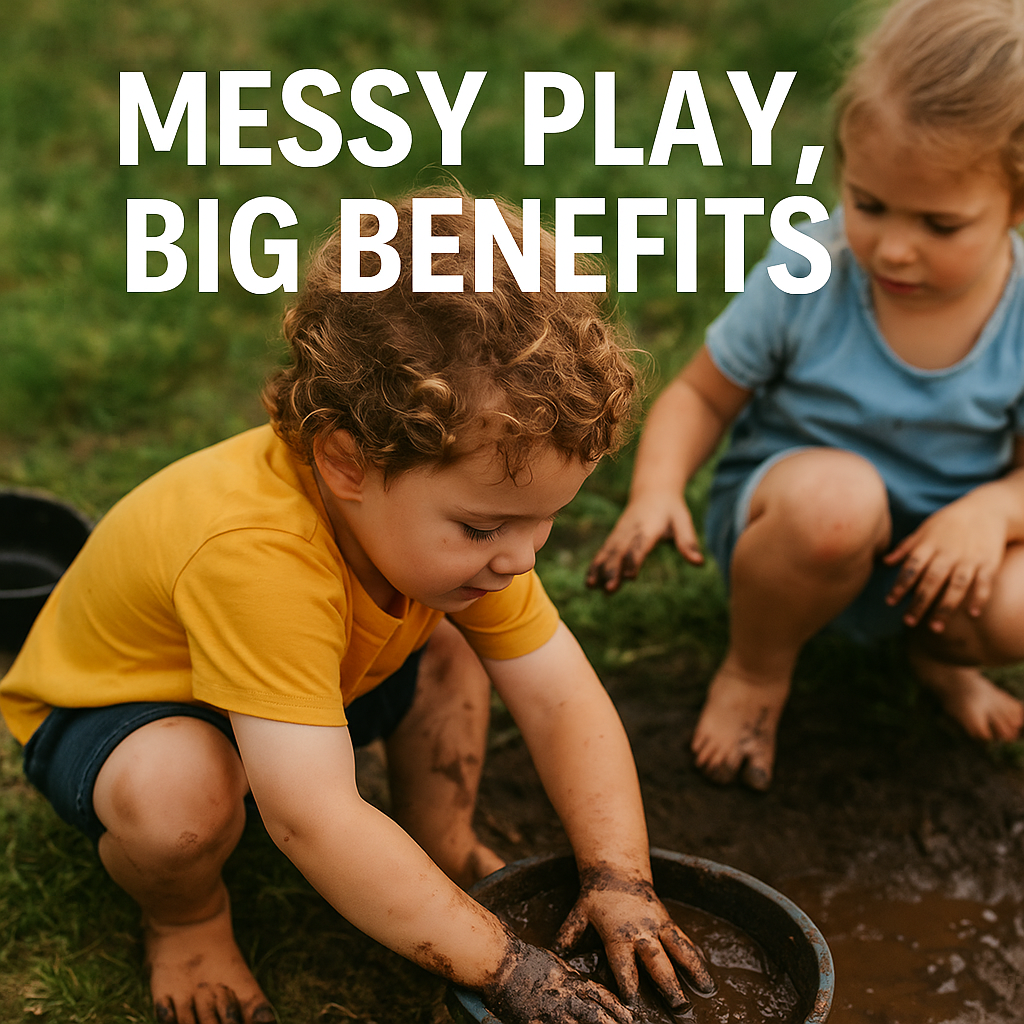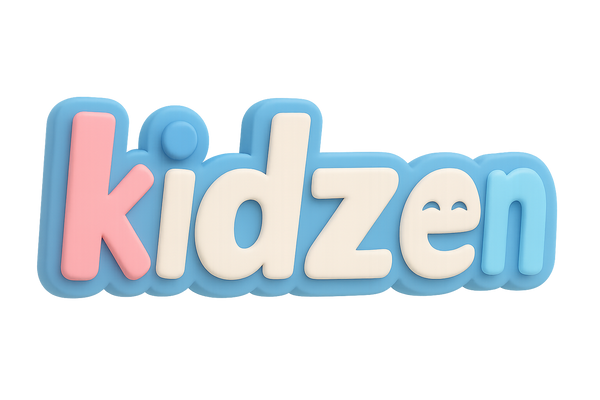
Messy Play, Big Benefits – Why Getting Dirty is Good for Kids
Share
Intro
In a world filled with antibacterial wipes and spotless playrooms, parents may instinctively try to keep their children clean. But research shows that messy play—whether it’s mud, finger paints, or kitchen flour—can be one of the most valuable learning experiences for children.
The Science Behind Messy Play
Messy play is more than fun; it’s a sensory-rich activity that supports cognitive, physical, and emotional development. According to a 2017 study published in Early Child Development and Care, engaging multiple senses during play can improve neural connectivity and enhance problem-solving skills in early childhood (Papatheodorou & Moyles, 2017).
When children dig their hands into mud, squish clay, or swirl paint, they’re not just making a mess—they’re exploring textures, temperatures, and resistance. This type of tactile feedback helps develop fine motor skills and hand-eye coordination, both essential for later tasks like writing or using tools.
Immunity and Resilience
Interestingly, messy play can even benefit the immune system. A 2016 review in Frontiers in Immunology highlights the “hygiene hypothesis,” suggesting that early exposure to harmless microbes in soil and outdoor environments may reduce the risk of allergies and autoimmune conditions later in life (Rook, 2016). In other words, that dirt under your child’s fingernails might actually be helping them build a stronger immune system.
Emotional and Social Growth
Messy play also encourages creativity and self-expression. When there are no rules about keeping things neat, children feel free to experiment, take risks, and make their own decisions. Group messy activities, like painting a large mural or building a mud kitchen, promote collaboration and communication among peers.
Practical Tips for Parents
-
Set up messy play outdoors or use washable mats indoors.
-
Provide safe, non-toxic materials like natural clay, edible paint, or flour dough.
-
Dress your child in clothes you don’t mind getting stained.
-
Join in! Showing enthusiasm reassures children that exploration is encouraged.
Closing
Messy play is not the enemy of cleanliness—it’s a foundation for curiosity, resilience, and skill-building. So the next time your child comes in covered in mud, smile. They’re not just dirty; they’re growing.
📚 References
-
Papatheodorou, T., & Moyles, J. (2017). Learning Together in the Early Years: Exploring Relational Pedagogy. Early Child Development and Care, 187(10), 1601–1612.
-
Rook, G. A. W. (2016). Regulation of the immune system by biodiversity from the natural environment: An ecosystem service essential to health. Frontiers in Immunology, 7, 385. https://doi.org/10.3389/fimmu.2016.00385
